Milwaukee streetcar struggles to rebound, bleeds red ink

Streetcar situation: The Hop struggles, Milwaukee in financial hole
Milwaukee's Hop streetcar is facing ridership and financial trouble, but city leaders say it's too expensive to shut down.
MILWAUKEE - The COVID-19 pandemic may have closed bars, restaurants, courthouses and schools, but Milwaukee never stopped running The Hop streetcar. City leaders say it was too expensive to shut down. Now, the city finds itself in a financial hole as the streetcar struggles to rebound.
Every 20 minutes, a modern electric train pulls up to a boarding station in Milwaukee's Cathedral Square. But more often than not, the platform is empty.
"It's only ever been a couple people," says Paige Scheldrop. "If not completely empty."

Scheldrop babysits a child who lives in the Third Ward and says they ride The Hop once a week to the park about a mile to the north.
"I never worry about COVID safety," she said. "I never worry about being too close to somebody."
Built-in social distancing was not what supporters had in mind for the $128 million people mover when it launched in fall 2018, but critics predicted financial trouble.
"You can’t say that no one warned you," said then-Alderman Tony Zielinksi just before a February 2015 vote to approve the project.
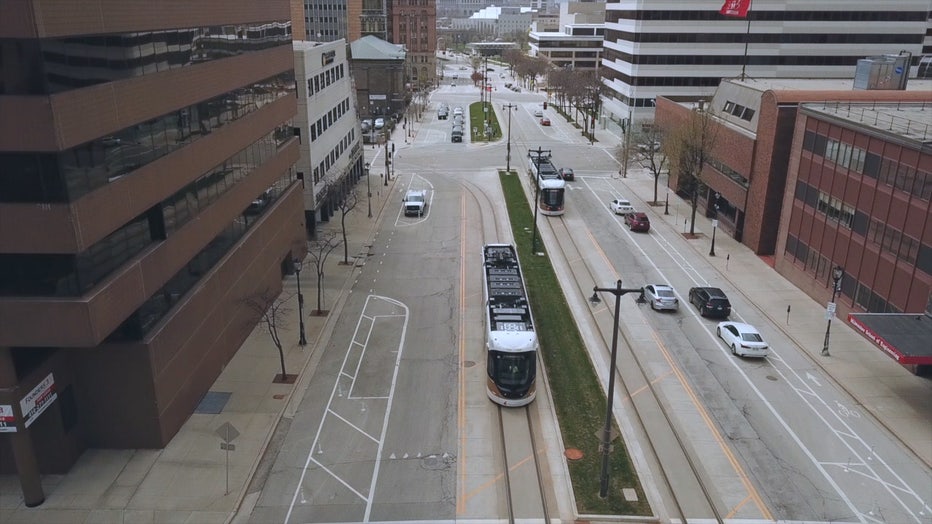
The October 2018 launch came with great fanfare and an incentive. Thanks to a 12-year, $10 million sponsorship agreement with Potawatomi Hotel and Casino, the city announced rides would be free for the first year.
Two and a half years later, the novelty has faded.
"Not to say anything negative about it," said Milwaukee resident Louis Brown. "But it's a toy."
The city still isn't charging a fare to ride the streetcar, and The Hop is running a $3 million annual deficit.
"If people would just look at the numbers, the cost, the ridership, I think it’s an easy conclusion that this is a boondoggle," said Mike Nichols, president of Badger Institute, a non-profit think tank critical of The Hop.
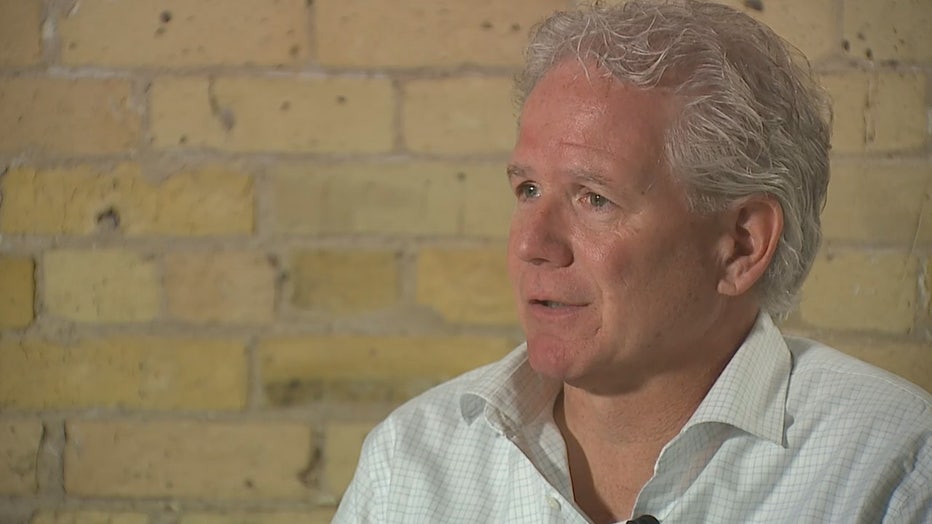
Mike Nichols
"Who’s paying for it?" he asked, rhetorically. "Taxpayers, in every way."
The two-mile loop from the Third Ward to the east side is one of two dozen modern streetcar systems operating across the country. More than half of them started operating in just the past eight years. It's a fixed-rail revival aimed at upping the "cool factor" of America's downtowns.
"It was always intended to be a starter system," said Milwaukee Public Works commissioner Jeff Polenske. "It was ahead of our expectations."
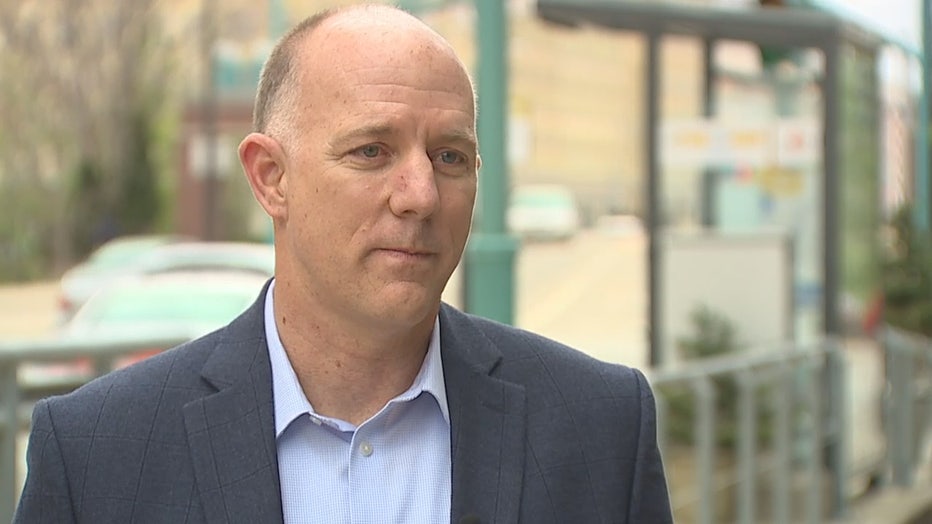
Jeff Polenske
In 2019 -- its first full year -- an average of 2,079 people rode the streetcar daily.
"Ridership was through the roof," Polenske said.
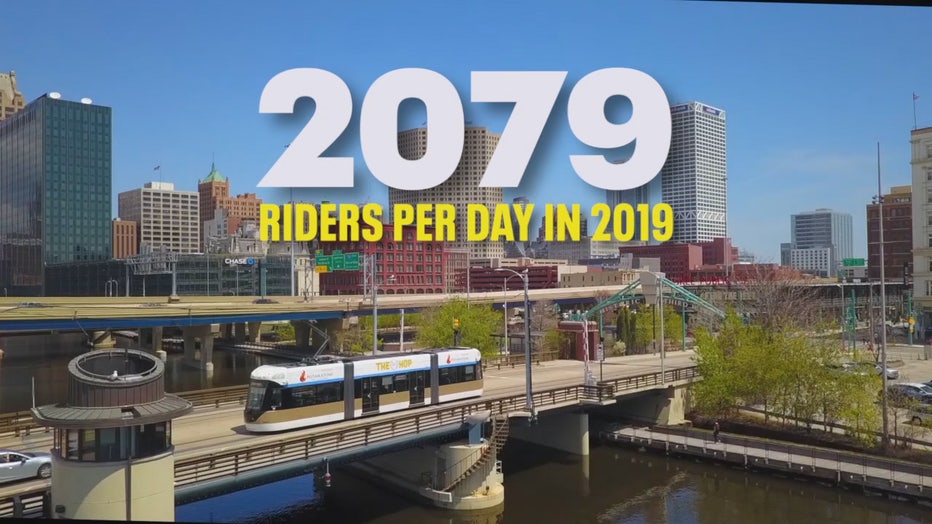
That's more than the 1,800 daily riders projected by transit planners. However, those projections were based on the assumption that passengers would be paying a $1 fare to ride. They were not.
"It was free," Nichols said. "Imagine if they ever charged for The Hop."
"It's nice," said Seth Yance, a Milwaukee man who occasionally rides The Hop after having drinks downtown. "I don’t know if I’d ride it if I had to pay for it."
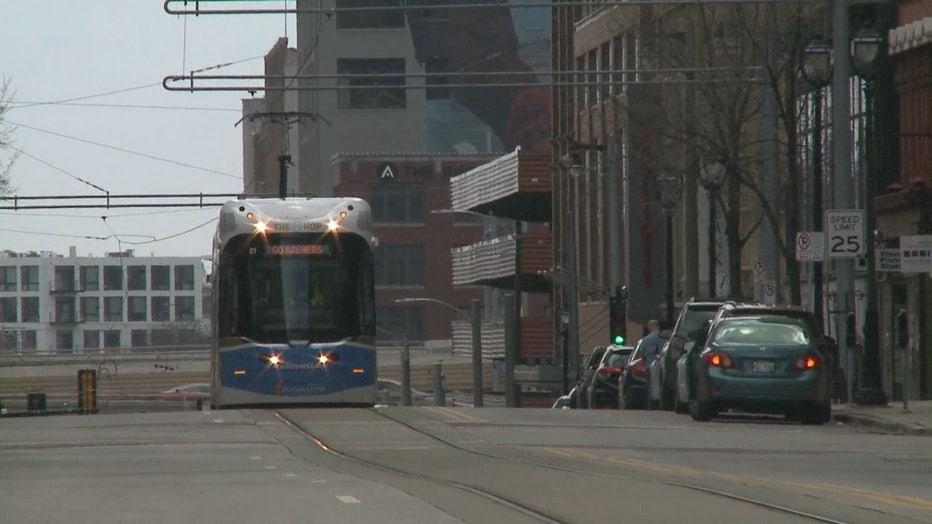
And that was before the pandemic.
"Obviously, COVID just changed everything for us," Polenske said.
Christopher Davis stopped riding the streetcar when the pandemic emerged in March 2020.
"I'm not going to restaurants. I'm not going to bars," he said.
He hasn't been on it since.
"I'm still waiting," he said. "I’m probably going to wait a little bit just to see how things play out."
The Hop is one of Milwaukee Mayor Tom Barrett's signature projects, but when the FOX6 Investigators asked to talk to him about it, a city spokesperson declined on his behalf. We found the mayor and asked him anyway.
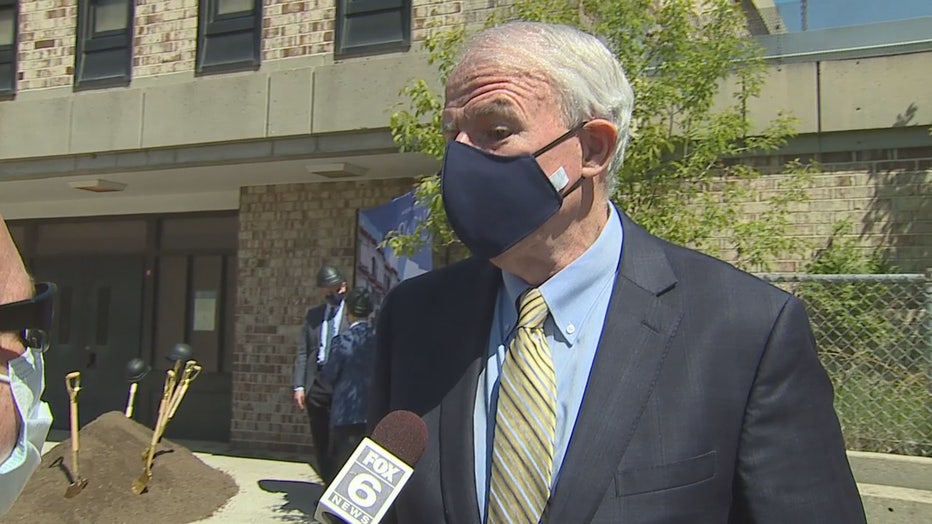
Milwaukee Mayor Tom Barrett
"There’s no question public transportation nationally has taken a hit," Barrett said.
And that's true. The Milwaukee County bus system saw ridership drop by 50% in 2020. The Hop's ridership plummeted further. At one point, it was down 87%. In fact, ridership was so low, some council members started to question if it made sense to keep running the trains at all.
"You have to really look seriously at the option of suspending the streetcar," said 10th District Alderman Michael Murphy during budget hearings in October 2020.
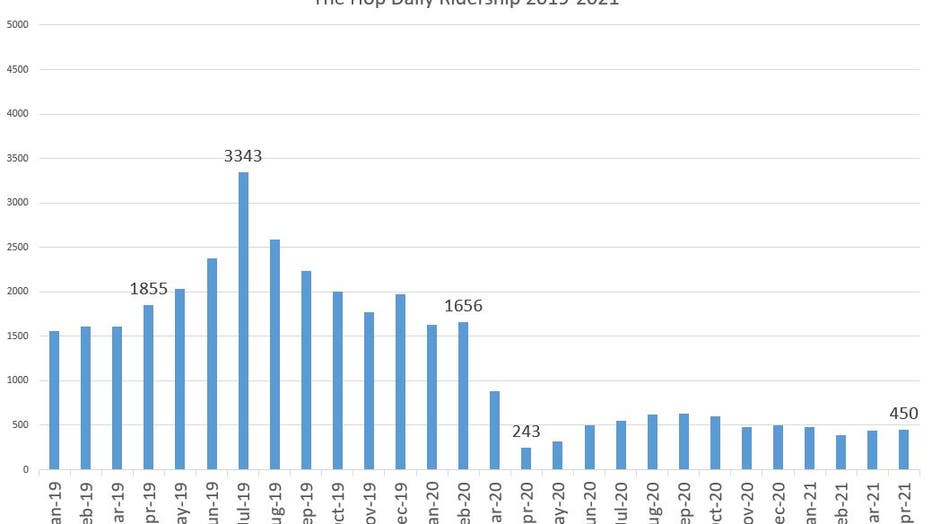
Source: TheHopMKE.com
But calls to temporarily shut down the streetcar were rejected when the DPW Commissioner issued a memo saying it would cost almost as much to stop running The Hop as it would to run it practically empty. That's because the city pays a private vendor a fixed contracted amount to operate the streetcar each year, plus utilities and insurance, and Polenske argued there would be additional costs to retrain employees and get the system ready to start running again once the shutdown was over. In the end, he estimated the city would save no more than $150,000 to $500,000 by suspending service. Worse yet, he wrote, a shutdown could put millions of dollars in federal grants used to build the system at risk.
"There really isn't a shutdown option," he told council members.
FREE DOWNLOAD: Get breaking news alerts in the FOX6 News app for iOS or Android
That all happened last fall, just before the frigid Milwaukee winter.
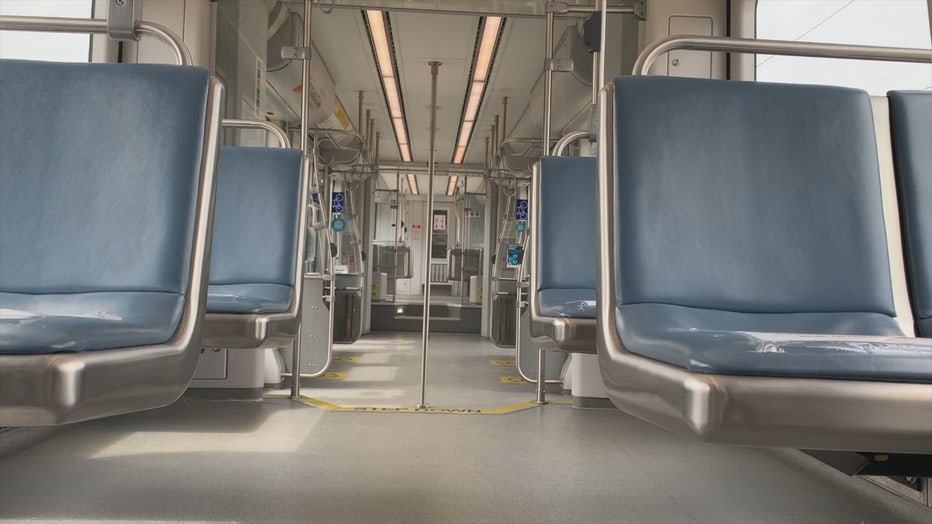
"The winter months are always the slowest," Barrett said.
However, while streetcars in other cities, like Kansas City, Tuscon, Cincinnati and Oklahoma City have already begun to see a rebound in ridership this spring, the Milwaukee streetcar has not.
In December 2020, an average of 495 people rode The Hop every day. In April 2021, the average was 450.
We wanted to see what it looked like for ourselves, so on April 27 -- a partly cloudy Tuesday with a high of 70 degrees, we watched a single streetcar platform for eight hours, 9 a.m. to 5 p.m. In that time, 48 trains passed by the Cathedral Square platform, but just 22 people got on board. Thirty-seven of those trains pulled up and pulled away without gaining a single new rider.
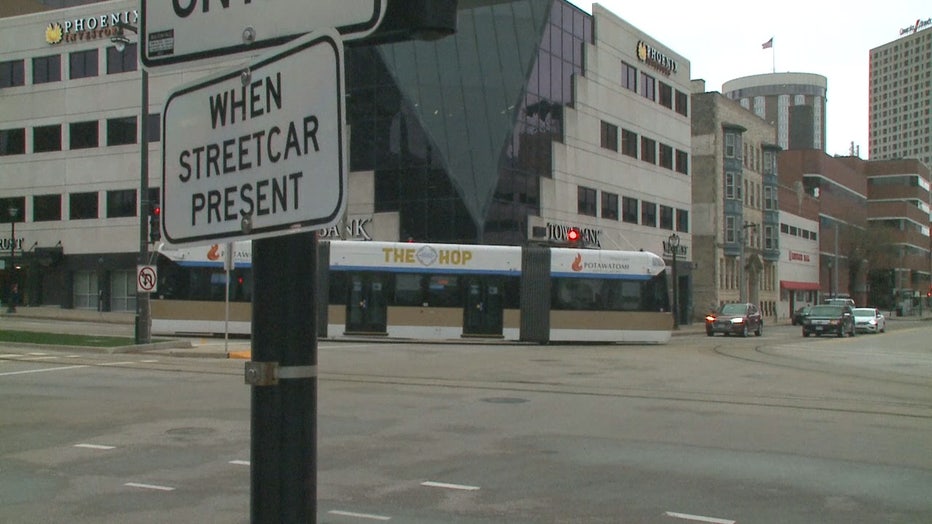
"It's not just the streetcar itself. It's the overall levels of activity," said Bob Schneider, a professor of urban planning at the University of Wisconsin-Milwaukee.
He says there's simply not much going on downtown. In particular, remote workers have yet to return to office buildings in large numbers and some may never return.
"And that, in the long term, can have an impact on the streetcar, especially if it's just serving the downtown area," he said.
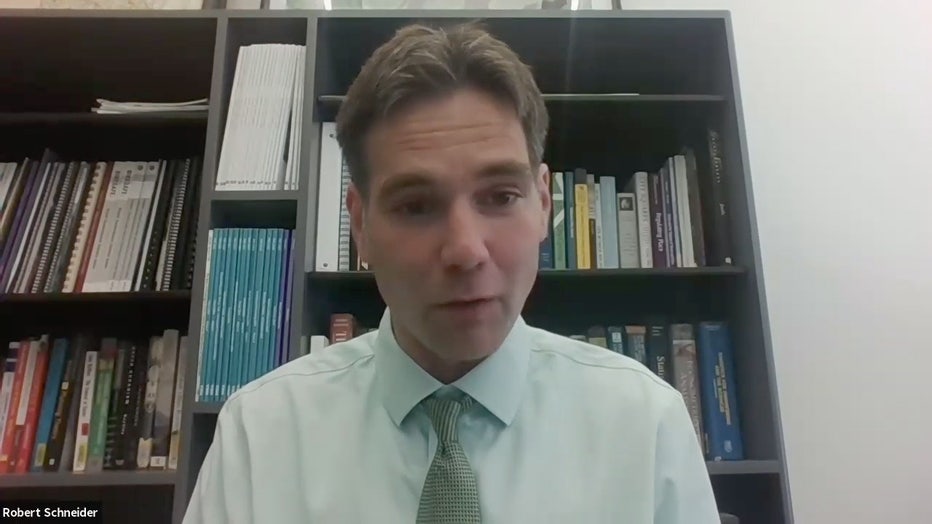
Bob Scheider
But the DPW commissioner is confident the riders will return.
"I don’t think any of us expect that the ridership won’t come back," Polenske said.
Even if ridership does rebound, the city is no closer than it was three years ago to collecting fares.
"That is not something we’re looking at right now," Barrett said.
They don't even have the equipment to collect one.
"Have you put out the request or began the process of procuring the fare boxes?" asked FOX6 Investigator Bryan Polcyn.
"No, we have not," Polenske said.
"Who’s paying for the streetcar?" asked Polcyn.
"All along from day one, we’ve had a strategy for how to fund the streetcar," he said.
In 2021, The Hop will cost the City of Milwaukee more than $4.5 million to operate. The Department of Public Works expects to raise just over $1.3 million, primarily sponsorships and advertising. That leaves a gap of $3.1 million.
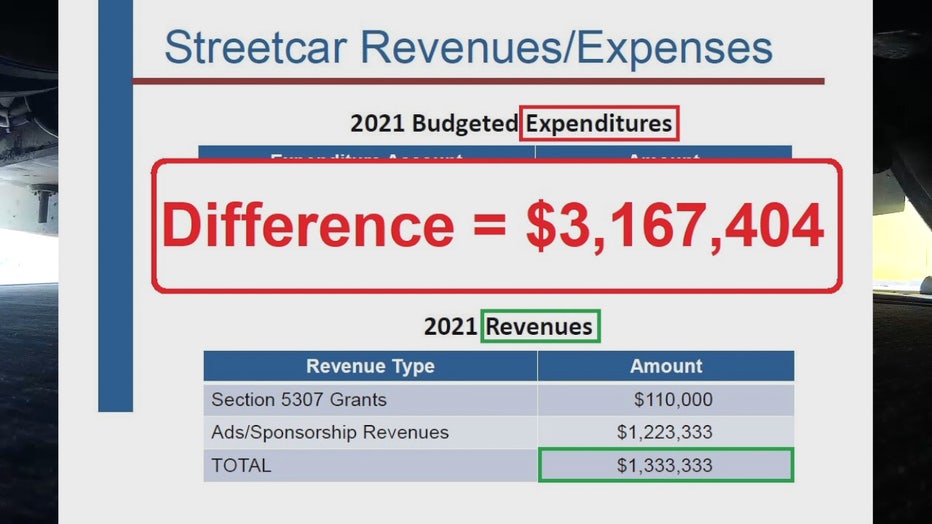
In the summer 2019, a public works engineer told council members they had a plan to close the gap.
"It's a backup plan," said Samir Amin, Milwaukee city engineer.
The plan was either to increase parking fees and fines or draw down the balance of the city's parking fund -- now known as the Transportation Fund -- which is funded through parking revenues.
That fund is typically used to help offset the city's general expenses, so dipping into it to keep the streetcar afloat could jeopardize that practice.
"We don’t want to do that," Amin said in June 2019.
Two years later, the backup plan is now a reality.
"I don’t see how we can sustain this for the next 23 years!" said Alderman Mark Borkowski last fall.
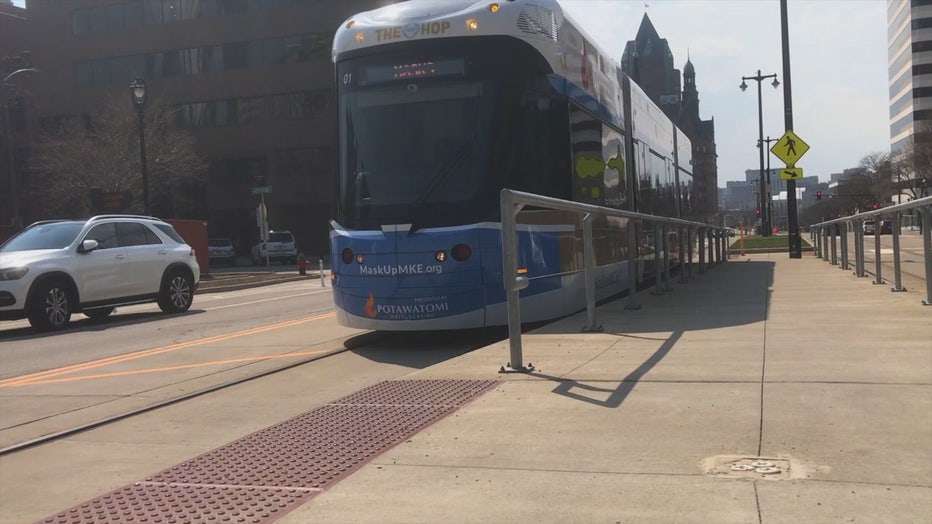
But even reluctant council members may not have a choice, a point that was underscored in an exchange between Public Works Committee Chairman Bob Bauman and the city engineer in 2019.
Bauman: "Aren’t we legally obligated by the FTA (Federal Transit Administration) to operate this thing for its useful life?"
Amin: "Yes."
Bauman: "So that’s 25 years?"
Amin: "Or more."
Bauman: "And we’re obligated to come up with the money to run it for 25 years."
Amin: "Or pay them back the grant."
Bauman: "So they’ll send us a bill for $68 million?"
Amin: "Or more."
"We never should’ve taken that federal money in the first place," Nichols said.
FREE DOWNLOAD: Get breaking news alerts in the FOX6 News app for iOS or Android
But the mayor is already looking for more.
"The opportunities to use those federal dollars are increasing," Barrett said.
He's hoping the city can use some of the infrastructure money proposed by President Joe Biden to address a common complaint about The Hop.
"I wish it went further," one rider said. "I wish it took you more places."
"It doesn’t go far enough," said another.
"It doesn’t actually go anywhere," said a third person interviewed by FOX6 downtown.
The mayor wants to do just that. He hopes to expand the system into neighborhoods north and south of downtown.
"For it to really show its true value, we have to get into the neighborhoods," Polenske said. "We have to get up into Bronzeville. We have to get down into Walker’s Point."
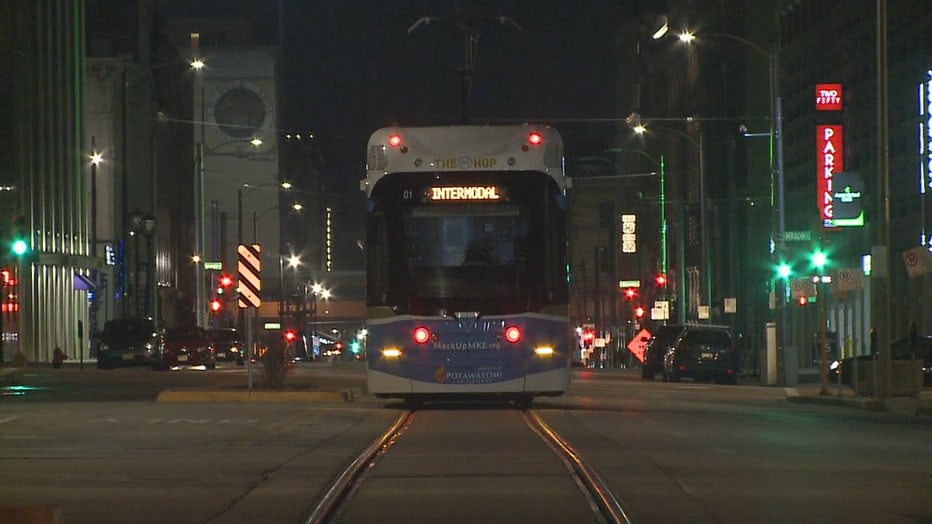
"And that’s exactly how we plan to do expansions is primarily relying on the federal dollars," Barrett said.
Nichols warns it's a financial trap.
"To say or suggest we’re going to spend a portion of that (infrastructure money) on expanding what is a boondoggle is totally irresponsible," he said.
The city has already built most of a streetcar extension that will carry riders close to the Milwaukee Art Museum, Discovery World and Summerfest grounds. However, tracks for the so-called Lakefront Line end n the middle of Michigan Street, a block west of Lincoln Memorial Drive. The city is waiting for the long-delayed construction of the Couture high-rise, which just broke ground this year. The last streetcar station on the Lakefront Line will be incorporated with the ground level of the building.
City officials hope to launch The Hop's new extension by the summer or fall 2022.

